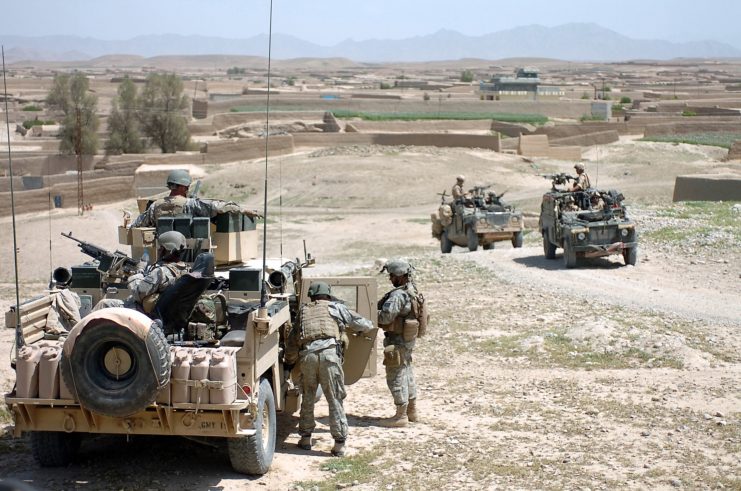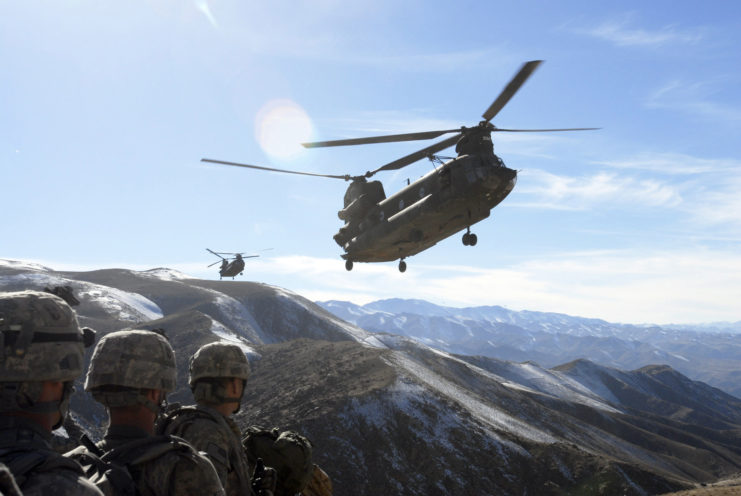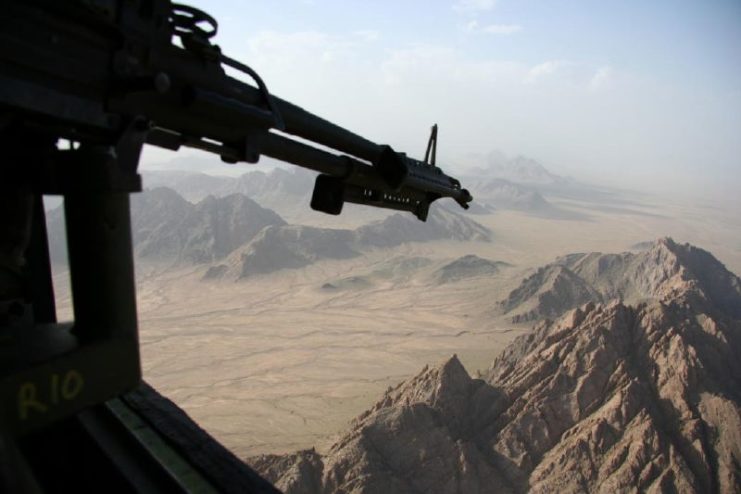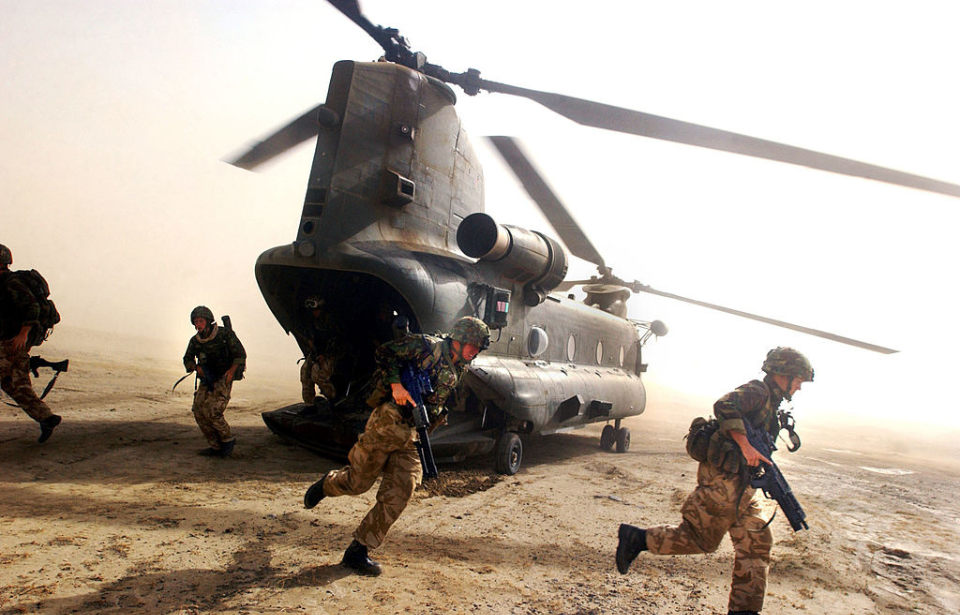Whether it be in peacetime or war, being shot is never pleasant. Taking a bullet once in the body is often enough to maim or kill a person, and receiving a bullet to the head is almost always fatal. However, when Royal Air Force (RAF) Flight Lt. Ian Fortune took enemy gunfire to his face and skull, he not only kept flying his Boeing CH-47 Chinook, he also successfully evacuated wounded US Marines and Afghan National Army soldiers from the battlefield.
Ian Fortune was taking part in the Helmand Campaign

The incident in which Ian Fortune received his almost-fatal wounds occurred in January 2010. He and other RAF pilots were on standby at Camp Bastion (now Camp Shorabak) on January 29, while a battle against Taliban insurgents was raging in the field. This action occurred as part of the Helmand Campaign, conducted by the International Security Assistance Force (ISAF) against the Taliban.
Helmand province has long been a hotbed of Taliban activity and a center for opium production. It’s known for being one of the most dangerous areas in Afghanistan, so it hardly came as a surprise when Fortune and his crew were called in to evacuate ISAF casualties from the battle zone that day – but that didn’t mean he and the others weren’t nervous.
Heading into the battlefield to rescue the wounded

Ian Fortune was piloting a Chinook, a twin-engine, tandem rotor chopper often used for battlefield evacuations.
On January 29, the battle between the International Security Assistance Force troops and the Taliban was particularly fierce. By the time Fortune was called in to evacuate the wounded, six troopers had already been hit. While the battlefield wasn’t too far away – only a short flight in the Chinook – he and his crew couldn’t immediately land the chopper, due to intense ground-to-air fire directed at them from the insurgents below.
Despite becoming increasingly worried about the wounded troops on the ground, Fortune could only circle the battlefield while waiting for those on the ground and a Boeing AH-64 Apache to provide enough suppressive fire against the militants to allow the Chinook to safely land.
After almost an hour in the air, Fortune managed to land his Chinook. The wounded were hastily loaded onto the chopper, and the medics in the back immediately began tending to them. With fire from the Taliban insurgents only temporarily suppressed and the helicopter being a large and extremely vulnerable target on the ground, Fortune took off as soon as the final casualty was loaded onboard.
Ian Fortune had to navigate through intense enemy fire

While a rush of elation shot through Ian Fortune as he thought he’d made it out of the battle zone intact, this feeling was short-lived. The flight lieutenant inadvertently flew his Chinook over a hidden Taliban machine gun nest and was suddenly peppered with machine gun fire.
Bullets tore through the helicopter and caused a number of system failures, with the forward transmission and flight stabilizing system suffering the worst damage.
The final round to hit the Chinook almost caused a fatal incident, hitting Fortune. The powerful impact to the left side of his face knocked his head back. A few seconds later, all Fortune could see was shattered Perspex and blood. That was when he realized he’d been shot in the head.
Adrenalin kept him going, and despite bleeding profusely, the pilot was determined to get the wounded men to safety. In spite of the damage both he and the Chinook had taken from the machine gun fire, Fortune managed to get the helicopter successfully out of the battle zone and back to the medical facility at Camp Bastion.
Surviving machine gun fire to the head
Thankfully, Ian Fortune’s helmet had taken most of the force of the bullet and saved his life. An inch or two to the right or left, however, and it would have been the end of the line for the brave flight lieutenant. To the amazement of the others, he exited the Chinook and walked over to the medical facility to have his wounds stitched up.
More from us: Ronald J Shurer: The US Army Medic Who Braved Enemy Fire to Rescue His Fellow Green Berets
Fortune was awarded the Distinguished Flying Cross for the courage and valor he displayed in the action in Helmand province on January 29, 2010. He accepted the honor with humility, and praised the many uncredited acts of bravery that occurred on a daily basis by the servicemen and women deployed to Afghanistan.
